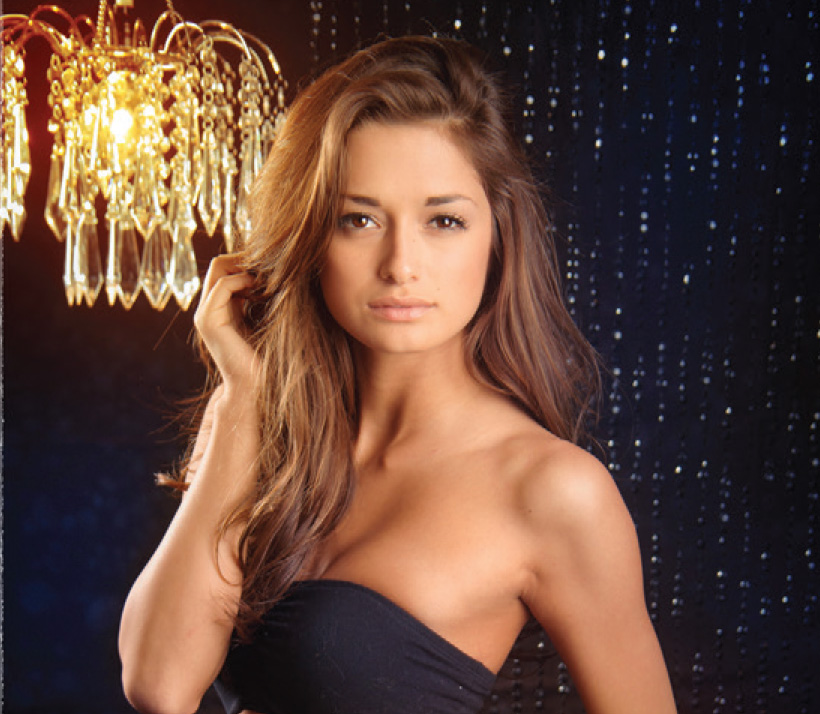Part 1: The ONE Rule of Posing
Posing in general is hard, let alone fashion posing. But everyone wants to break the rules and be different, and that usually means wanting to shoot fashion-style images. However, fashion photography doesn’t mean that you don’t pose. If anything, it means that you understand posing so well, that you can work from a distance. It means seeing all the details of a person so quickly, that you can stand back and direct from behind the camera.
If you understand how to pose with a fashion mindset, you will be better at every other type of shoot.
Bry Cox’s One Rule of Posing – I have simplified all the rules of posing for all genres from fashion to traditional, into one hard-fast rule. It is easy, simple and powerful. This is my one rule of posing:
Visually, women need to conserve space and men need to take up space.
That’s it. This is my Bry Cox Rule of Posing, the key and number one overwhelming rule that trumps everything. It is easy to understand, but it takes some time and practice to really get it on a subconscious level to where you notice everything about a person as you’re shooting.
 But when you do, photo shoots will flow, you won’t need posing guides, and when you critique your photos afterwards or see other people’s images, you’ll instantly know why a pose works or doesn’t. Constantly critiquing using this rule after a shoot will help you think differently and do better on each shoot as you move forward.
But when you do, photo shoots will flow, you won’t need posing guides, and when you critique your photos afterwards or see other people’s images, you’ll instantly know why a pose works or doesn’t. Constantly critiquing using this rule after a shoot will help you think differently and do better on each shoot as you move forward.
How does this rule work? There are lots of posing rules for every detail of a person, from their toes, knees, hips, waist, shoulders, arms, elbows, wrists, fingers, and chin. And these can change depending on your angle, or if the person is sitting, standing, or lying on the ground.
Let’s say we are photographing a woman who is standing and we know that she must visually conserve space, so we twist her waist to the side instead of straight on with the camera. This makes her look smaller because she is taking up less space visually. That means she will look thinner, more feminine, and we are removing a distraction.
Everything either works for the image, or it works against the image by default and becomes a distraction. We are always looking to eliminate distractions by making every part of the woman look smaller visually.
Now we look at her wrists. Let’s say she naturally has a straight hand, and instead we bend her wrist and turn her hand in. Her entire hand area now looks smaller and more feminine because we have conserved visual space in that area, and we’ve removed another distraction. This is how it works, and we do this for every area of her that is in frame before we take the shot.
“But I don’t want to pose. I just want to shoot reality.”
How much you should or shouldn’t pose is an ongoing argument amongst photographers. But it’s the wrong thing to focus on. What actually matters is flattering people and making them look better in a photo, and that means being aware of every detail of why each part works or doesn’t work – in other words, understanding posing.
Sometimes I can direct from a distance back behind my camera, and other times I am right up by someone, physically moving them. The level at which I need to pose a person versus directing them from a distance has to do with their levels of comfort and coordination in front of a camera. But posing is a part of every shoot.
As the artist, you are in control and you must take control. Remember that even movie stars have directors. Movie stars go to finishing school, get training on how to pose and be comfortable in front of a camera, but in the end they always need the outside help of a director who understands angles and light, and how all that gets recorded in the camera. That’s your job.
I’ll train you on this and more at Texas School. When the time comes, sign up quickly and in the meantime, check out more of my tutorials at BryCoxWORKSHOPS.com.
Good Luck and Happy Shooting!

In his class at the Texas School of Professional Photography, Bry will share his system to create images that are creative and emotional while being technically awesome. Your images will be different, fresh, and won’t require a lot of post-production work. “Celebrity Style Imaging” is the trademarked name of Bry’s studio because he photographs everyday clients the same way as VIP clients. Learn more about his class at Texas School.











